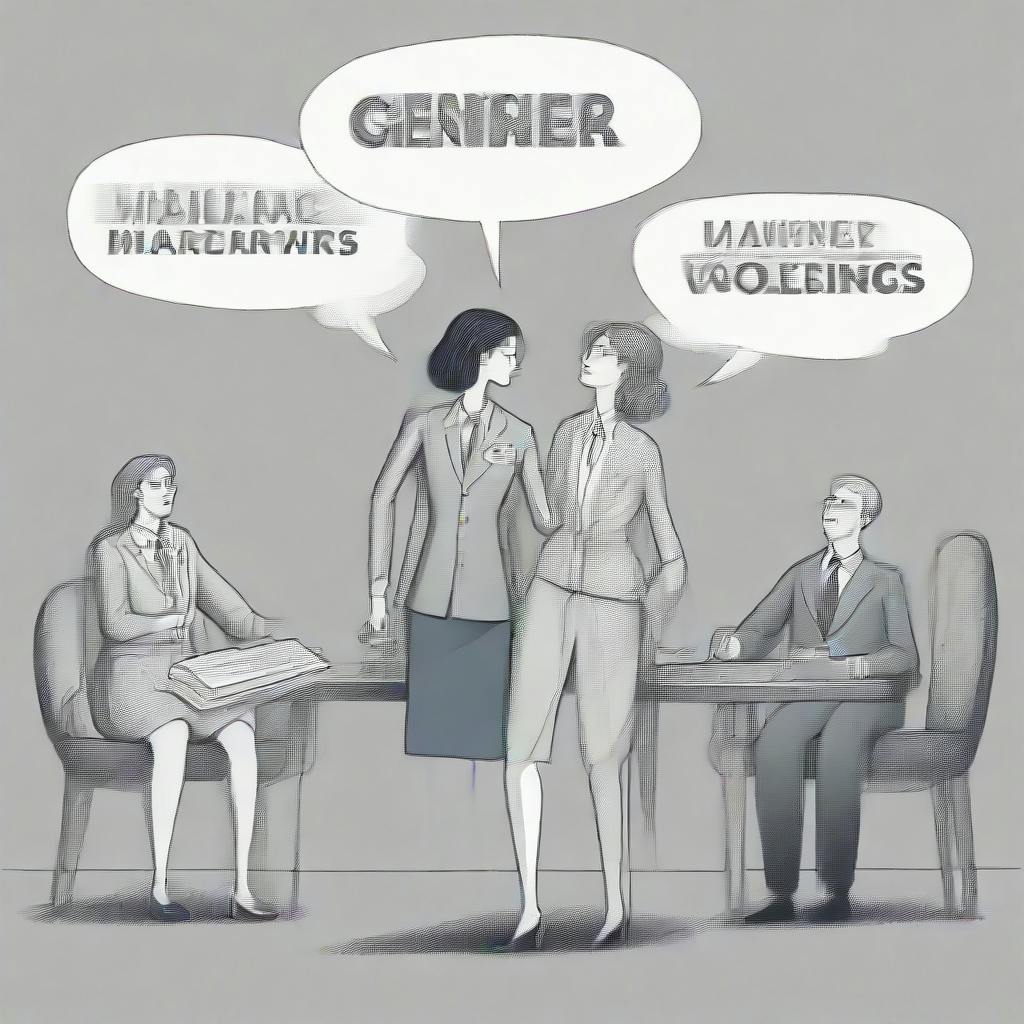This paper is available on arxiv under CC BY-NC-ND 4.0 DEED license.
Authors:
(1) Brisha Jain, Independent researcher India and brishajain02@gmail.com;
(2) Mainack Mondal, IIT Kharagpur India and mainack@cse.iitkgp.ac.in.
Table of Links
- Abstract and Intro
- Related Work
- Data Collection
- Analysis Methodology
- Results
- Limitations
- Concluding Discussion
- References
6. LIMITATIONS
This study focuses only on the top female/male journalists (based on their follower count) on Twitter. These journalists work for reputable media outlets which likely have strong guidelines and policies on gender. Therefore, our results underestimate the gender bias against politicians on Twitter. A more granular analysis of the tweets of lesser known journalists and their followers may reveal even higher levels of bias and misogyny. A similar assessment can be made on our choice of politician. We focus on the top 50 politicians of each gender in our analysis. These politicians are of considerable standing and thus less likely to face bias in their interactions with journalists. This may not be true in situations where journalists interact with female politicians of lower standing and political clout. Thus by focusing on the top fifty female politicians, we underestimate the bias that average female politicians may be subjected to on Twitter. Lastly, our analysis also reveals that there might be bias against female journalists on Twitter. This study does not comprehensively address this, especially in the context of their interactions with male and female politicians. We expect to address this in future work.
